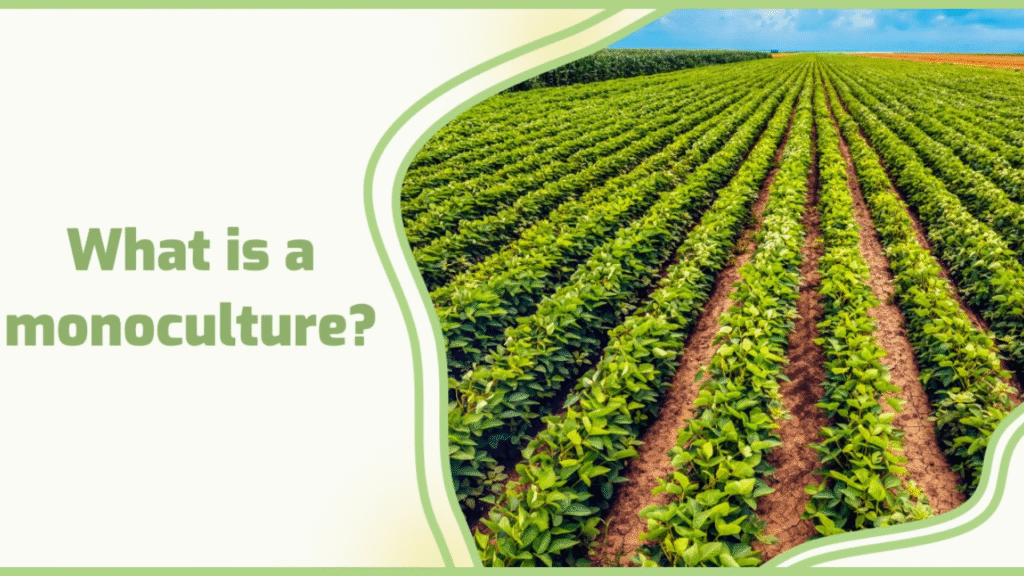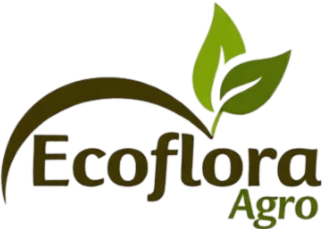
As climate change, soil degradation, and biodiversity loss threaten global agriculture, the age-old debate of polyculture vs monoculture takes center stage. While monoculture has historically dominated industrial farming due to its perceived efficiency, polyculture—the practice of cultivating multiple crops in the same space—is proving to be more resilient and ecologically sound in the long term.
This article explores the differences between these two systems, their impact on the environment, yields, and farmer livelihoods, and why polyculture may hold the key to sustainable agriculture for the future.
What is Monoculture?
Monoculture is the agricultural practice of growing a single crop over a large area. This method allows farmers to mechanize processes, simplify input requirements, and maximize yield of that one crop.
Examples:
- Vast wheat fields in Canada
- Rice paddies in Southeast Asia
- Corn farms in the US Midwest
Short-Term Advantages:
- Higher efficiency in planting and harvesting
- Streamlined input management (e.g., fertilizer and pesticide)
- Market predictability
Long-Term Drawbacks:
- Soil nutrient depletion
- High vulnerability to pests and diseases
- Increased dependence on synthetic inputs
- Reduced biodiversity
What is Polyculture?
Polyculture involves growing two or more crops together in the same space or in rotational patterns. These systems are often designed to mimic natural ecosystems, improving resilience and reducing reliance on chemical inputs.
Examples:
- Intercropping maize and beans
- Agroforestry systems mixing trees with crops
- Crop rotations with legumes, cereals, and cover crops
Key Benefits:
- Soil regeneration and fertility
- Natural pest control through biodiversity
- Water conservation and erosion control
- Enhanced ecosystem services
Core Differences Between Monoculture and Polyculture
| Feature | Monoculture | Polyculture |
|---|---|---|
| Crop Diversity | Single crop | Multiple crops |
| Soil Health | Often degraded | Enriched through rotation and synergy |
| Pest Management | Chemical-intensive | Natural control through biodiversity |
| Input Use | High synthetic fertilizers/pesticides | Reduced external input needs |
| Economic Resilience | Vulnerable to market and weather | More stable due to diverse yields |
| Ecological Impact | High negative impact | Regenerative and balanced |
Sustainability: The Real Differentiator
1. Soil Health and Fertility
- Monocultures extract the same nutrients repeatedly, leading to soil degradation and dependency on fertilizers.
- Polycultures, especially those including legumes or deep-rooting plants, recycle and restore soil nutrients, improving long-term fertility.
2. Pest and Disease Resistance
- Monocultures create a perfect breeding ground for pests due to lack of diversity.
- Polycultures use natural pest deterrents, reducing outbreaks without heavy pesticide use.
3. Climate Resilience
- Polyculture systems are more adaptable to droughts, floods, and temperature variations.
- Monocultures often fail under climate stress, leading to crop loss and food insecurity.
4. Carbon Footprint
- Monocultures rely heavily on fossil fuel-based inputs and contribute to greenhouse gas emissions.
- Polycultures enhance carbon sequestration, especially in agroforestry and cover cropping systems.
Productivity: Is More Always Better?
A key argument for monoculture is its high yield potential—but this only tells part of the story.
| System | Short-Term Yield | Long-Term Yield Stability | Total Output per Area (Diverse Crops) |
|---|---|---|---|
| Monoculture | High | Low to Medium | Low |
| Polyculture | Moderate | High | High |
Studies show that polyculture systems often outperform monocultures in total output per area, especially when accounting for yield stability, ecosystem benefits, and reduced input costs.
Case Study Comparison
| Aspect | Monoculture Maize Farm (USA) | Polyculture Coffee-Agroforest (Colombia) |
|---|---|---|
| Crop Diversity | 1 crop | 3+ crops (coffee, banana, legumes) |
| Fertilizer Use | High nitrogen input | Organic compost and natural mulch |
| Pesticide Dependency | High | Minimal due to biodiversity |
| Market Risk | High (maize price volatility) | Diversified income sources |
| Soil Quality | Degrading | Improving with leaf litter and root depth |
Overview Table: Sustainability Comparison
| Parameter | Monoculture | Polyculture |
|---|---|---|
| Soil Fertility | Declining | Improving |
| Input Dependency | High | Low |
| Pest/Disease Risk | High | Low |
| Biodiversity Impact | Negative | Positive |
| Water Use Efficiency | Low | High |
| Climate Adaptability | Poor | Strong |
Why Polyculture Is Gaining Momentum
- Agroecology and regenerative agriculture movements promote polyculture as a core principle.
- Consumer demand for organic and sustainably grown food is growing.
- Climate change adaptation strategies recognize the importance of diverse, resilient farming systems.
- Government and NGO initiatives are supporting polyculture through training, incentives, and policy.
Future Outlook
Monocultures may continue in industrial commodity crop production, but the future of sustainable agriculture depends on integrating polyculture principles, even into large-scale operations. A blended model using technology, crop planning, and ecosystem-based approaches could make polyculture more accessible and profitable for farmers worldwide.
3 Best One-Line FAQs
Q1: Why is polyculture more sustainable than monoculture?
Because it enhances soil health, reduces input use, and builds resilience against pests and climate stress.
Q2: Can polyculture farms be as productive as monoculture ones?
Yes, when measuring total food output and ecological stability, polyculture can match or exceed monoculture yields.
Q3: What are examples of polyculture in practice?
Intercropping maize with beans, agroforestry with coffee and bananas, and rotating cereals with legumes are all examples.

